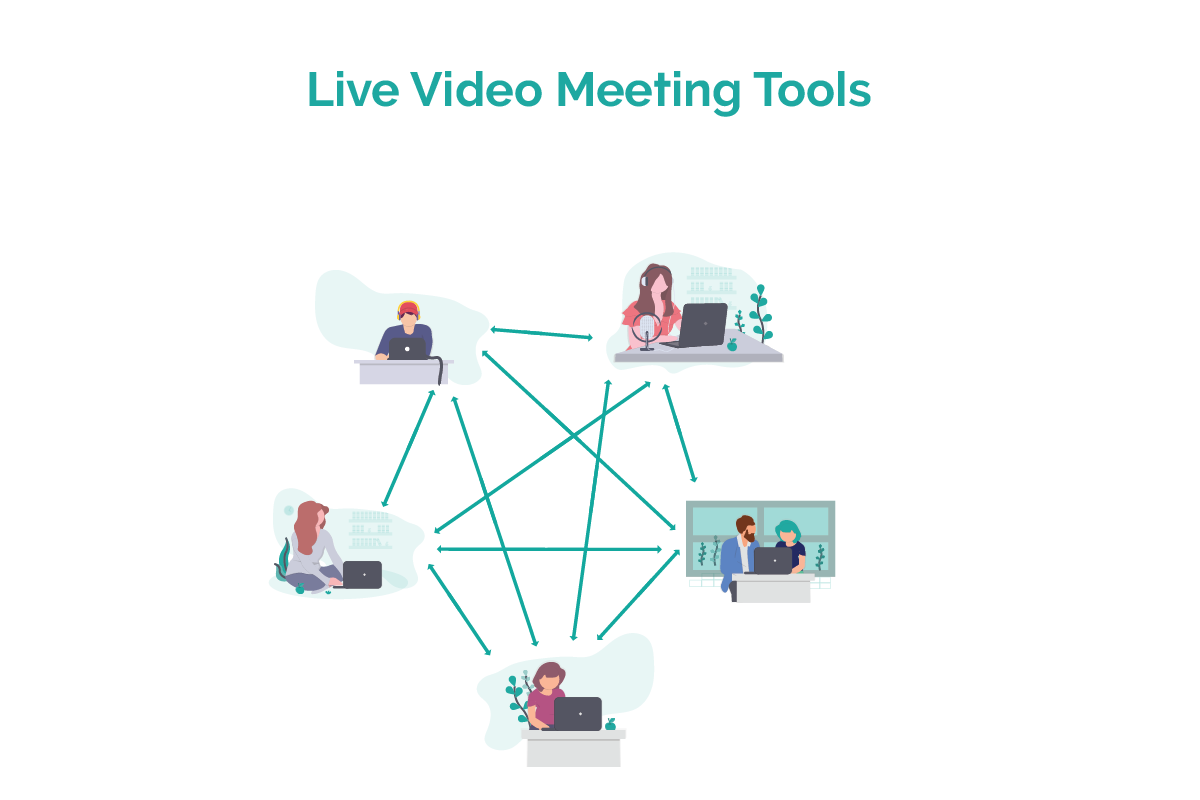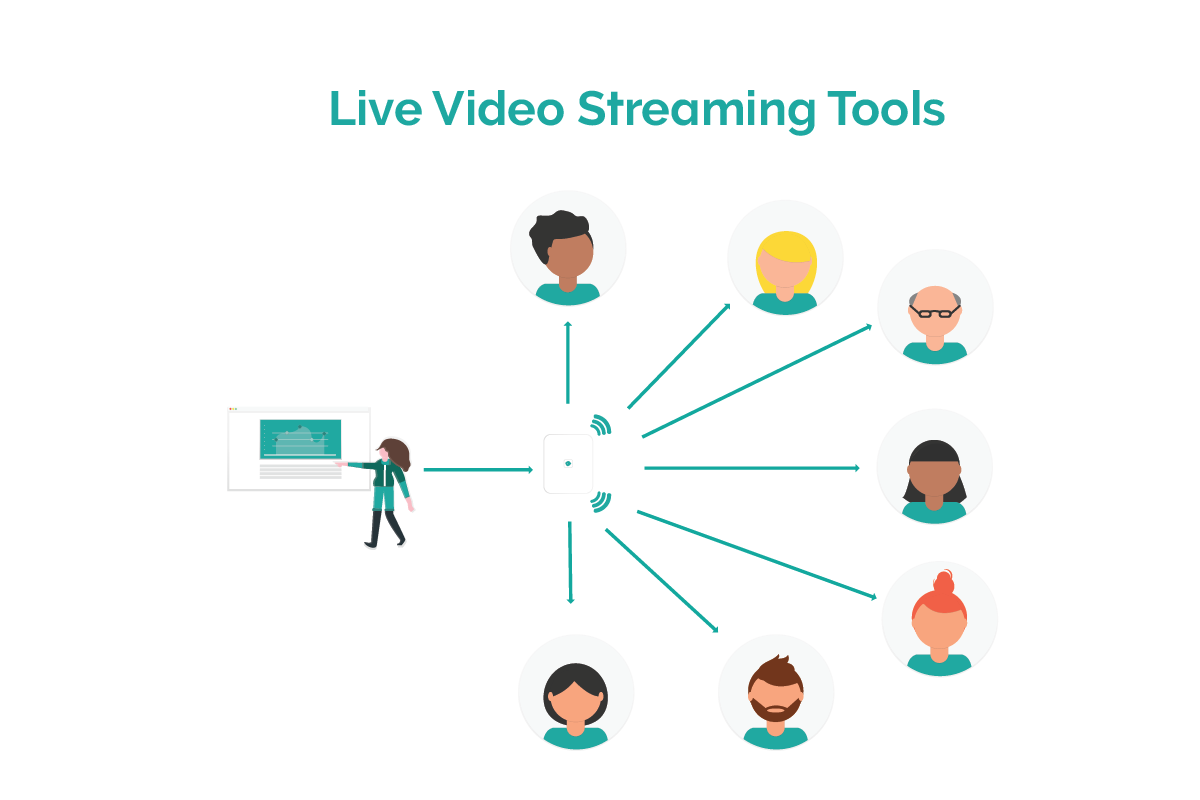VIDEO
Products
Streaming
Deliver flawless live video to any audience, anywhere
OTT Apps
Launch and monetize your own branded TV & mobile apps
Spark Encoder
Tap into hardware encoding that's compact and powerful
Broadcaster App
Go live straight from your phone or tablet with studio-quality control
Features
BoxCast Flow
Ensures smooth playback even on shaky networks
Sharing
Instantly clip, share, and amplify your broadcasts
Producer
Create professional streams right from your browser
Third-Party Encoders
Use the gear you love with our support of RTMP and SRT
AUDIO
Mixing Station Anywhere
Control your digital mixer in real time from anywhere
Mixing Station Web
Mix, manage, and monitor live audio in a browser from anywhere
Compatible Mixers
Connect your digital mixer to Mixing Station and Mixing Station Web
INDUSTRIES
House of Worship
Reach and engage your congregation wherever they worship
Sports
Stream games with professional quality for fans everywhere
Local Government
Bring transparency and connection to your community broadcasts
Business
Power your corporate events, webinars, and live streams
LEARN
Blog
Insights, trends, and tips for the audio/video community
Tech Tips
Quick how-tos and deep dives on the latest streaming technology
Guides
Essential tips and expert strategies to expand your reach
Newsletter
Stay up to date with product news, best practices, and more
Podcast
Hear stories and strategies from our customers and experts
DISCOVER
Customer Stories
Explore real-world success stories to inspire your organization
Events
Join us at an upcoming conference and meet with our team
Webinars
Get all the details and register for our next live webinar
About Us
Discover our company's mission, values, and team story
Live Streaming Destinations, Hybrid Events, Live Streaming Software

BoxCast Team • August 22, 2018
Everyone knows the value of using the right tool for the right job. You wouldn't use a push mower to cut the grass on a 5 acre farm.
In the fast-paced world of live video, it can be tough to recognize the differences in separate types of tools for organizations.
Besides differences in individual platforms, there are actually two completely separate categories of live video tools:
If you're beginning your search for a live video platform for your organization, this post will help you understand which type of tool you need.
Live Video Meeting Tools = Quick multi-directional live video communication between a few people
Live Video Streaming Tools = High quality, one directional live video communication to a larger audience
Video meeting tools provide live video for person-to-person or group-to-group interactions.
They can connect cameras (usually laptop webcams) in many locations with little to no lag time. Video meeting tools are perfect for face-face video conversations and meetings.

Video Conference Calls
If your organization often sets internal or external meetings between groups of people in multiple locations, video can greatly enhance the experience. With low-latency live video, you can more closely replicate the experience of meeting in person than an audio conference call. You can read emotions and discuss ideas with more clarity.
Live video meeting tools provide an easy web link to share video between conference rooms. You can set them up on laptop webcams or install video systems in your conference rooms.
One-on-One Video Conversations
Meeting tools are also great for one-on-one meetings. If you have two people or small teams in different locations who need to meet virtually, many services offer web links that allow for quick face-to-face conversations.

Interactive Video Meetings
If you have a small group of individuals (under a few dozen) in many different locations (think a fully remote team), video meeting tools can be a great way to host interactive meetings. These tools will allow for discussion among individuals invited to the meeting.
There are countless live video meeting tools on the market. You may have come across any number of these names:
...among many, many more.
Zoom vs Webex vs GoToWebinar vs Webinarjam by GrowthMarketingPro
Best Video Conferencing App: Skype vs Hangouts vs GoToMeeting vs Zoom vs Join.me vs Appear.in by Process Street
Live video meeting tools cut lag time at the expense of quality.
You shouldn't be using these tools for:
On the other side, live video streaming platforms allow broadcasters to stream events to viewers around the world.
They support high production quality and live video of the level you might see when you turn on your TV. To do so, they all have a little bit of extra latency.

Content from One Location
If you have an event (religious service, sport, council meeting, presentation, concert, etc) that you want to stream out to many viewers, you want a live streaming tool.
Few of the plans offered by live video meeting tools even allow for viewership in the triple digits. Even then, when you use one of those tools, you're paying for your viewers to be participants, when they are really only watchers.
Your focus should be on improving the viewer experience and making the stream as easy to access as possible, not on making sure your broadcaster can see every viewers' face.
High Quality Streams
If you want your stream to be top quality video (reliable high definition picture, high frame rate, adaptive to viewer conditions, etc), you should always use a live video streaming tool rather than a meeting tool.
Meeting tools sacrifice quality for interaction. If you don't need interaction, then you can deliver much higher quality live video content.
Live video streaming has become more and more popular in recent years. You may be familiar with names like:
Live video streaming tools don't allow for two way communication. If you need a comment box, that's no issue for them, but if you want realtime face-to-face discussions, they are not the right tool.
You shouldn't be using these tools for:
Here at BoxCast, we use both types of tools for different purposes.
We use Zoom for our weekly team meetings and RingCentral Meetings for one-on-one external meetings.
We (of course) use our own platform as a live streaming platform for webinars and all-company meetings.
If you're still looking to learn more about some of these topics, check out our posts on live streaming latency, the various levels of high definition, and how to maximize viewership by streaming to multiple locations.
© 2026 BoxCast. All Rights Reserved. | +1-888-392-2278